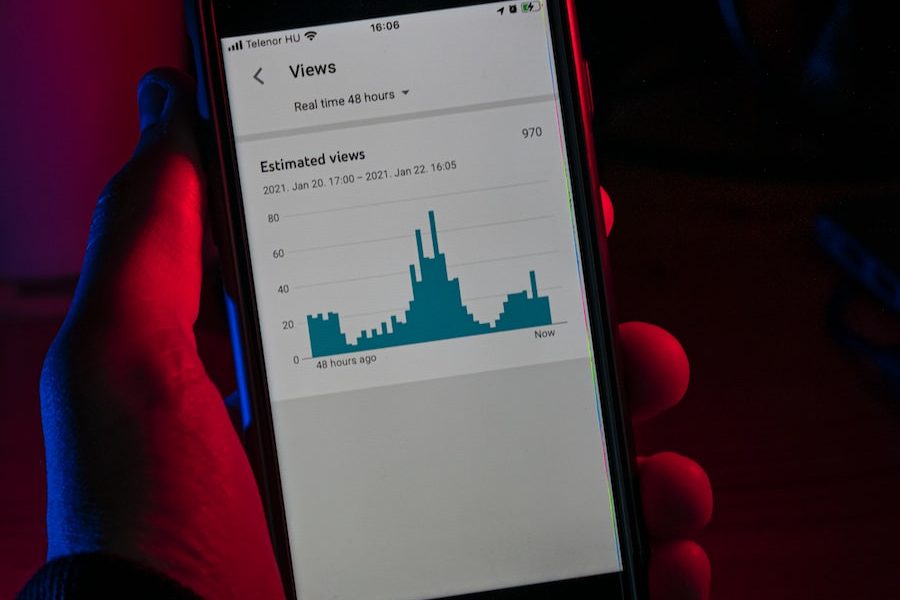Resource Allocation Graphs (RAGs) are a tool used in real-time systems engineering to visualize the relationships between resources and tasks. They can be used to identify potential bottlenecks in the system and help optimize resource utilization.

RAGs are typically composed of three parts:
1. A set of nodes, each representing a task or group of tasks.
2. A set of edges, each representing a resource dependency between two tasks.
3. A set of weights, each representing the number of resources required by a task.
The nodes and edges can be arranged in any order, but the weights must be placed on the edges in such a way that they form a consistent path from start to finish. That is, the sum of the weights on all edges leading into a node must equal the sum of the weights on all edges leading out of that node.
Once the graph is constructed, it can be analyzed to identify potential problems with resource utilization. For example, if there is an edge with a very high weight connecting two nodes, that indicates that those two tasks are very resource-intensive and may cause bottlenecking if not properly managed.
Constructing RAGs can be challenging, especially for large and complex systems. However, there are several software tools available to help with this process (see Resources section below). With careful planning and execution, RAGs can be an extremely valuable tool for real-time systems engineers.
Challenges of RAGs for Real-Time Systems
There are many challenges associated with Resource Allocation Graphs (RAGs) for real-time systems. One challenge is that RAGs can be very complex, making it difficult to understand and analyze all the information they contain. Another challenge is that RAGs may not always accurately reflect the actual resources available in a system, which can lead to problems when trying to allocate resources. Finally, RAGs can be difficult to change and adapt as new requirements or changes arise within a system, meaning that they may not always be able to meet the needs of a real-time system.

Solutions for the Challenges of Resource Allocation Graphs
As resource allocation graphs (RAGs) have become more popular for modeling real-time systems, a number of challenges have emerged. In this section, we will discuss some of the challenges and possible solutions.
One challenge is that RAGs can be very complex, making them difficult to understand and work with. One way to address this challenge is to use graphical tools that can help to visualize and manipulate RAGs. Another approach is to use formal methods to verify the properties of RAGs.
A second challenge is that some tasks in a real-time system may need to be executed more than once (e.g., if they are periodic). This means that the RAG needs to be able to model loops. One way to do this is by using recurrence relations.
A third challenge is dealing with deadlines that are not known in advance (e.g., due to external events). This can be addressed by using flexible deadlines or by using slack time.
Finally, it is often necessary to change the schedule of a real-time system during its execution (e.g., due to faults or changes in environmental conditions). This can be handled by using techniques such as dynamic scheduling or replanning.
Examples of Real-Time Systems Using RAGs
-A Resource Allocation Graphs is a graphical representation of how resources are allocated in a real-time system.
-It shows which tasks are using which resources, and how much of each resource is being used.
-A RAG can be used to identify potential bottlenecks in the system and to help find solutions to them.
Some examples of real-time systems that use Resource Allocation Graphs are:

-Air traffic control systems: These systems need to track the location and movements of aircraft in real-time, in order to ensure safe travel. RAGs are used to track the allocation of radar units and other resources so that potential conflicts can be identified and avoided.
-Factory production line control systems: In order to maintain efficient production, factory control systems need to track the status of machines and other resources in real-time. RAGs are used to visualize the allocation of these resources so that any potential bottlenecks can be identified and addressed.
-Hospital patient monitoring systems: Hospital staff need to be able to monitor patients’ vital signs in real-time so that any changes can be immediately detected and responded to. RAGs are used to track the allocation of medical devices and other resources so that staff can quickly identify any potentially critical situations.
Comparison of Different Resource Allocation Strategies
There are a variety of resource allocation strategies that can be used in real-time systems, each with its own advantages and disadvantages. In this section, we will compare and contrast three of the most popular resource allocation strategies: static priority scheduling, dynamic priority scheduling, and the Earliest Deadline First (EDF).
Static priority scheduling is the simplest form of resource allocation. In this strategy, each task is assigned a fixed priority, and the scheduler always allocates resources to the highest-priority task that is ready to run. While this strategy is easy to understand and implement, it can lead to poor performance if tasks with high priorities frequently block tasks with lower priorities.

Dynamic priority scheduling is a more sophisticated approach that attempts to address the shortcomings of static priority scheduling. In dynamic priority scheduling, the scheduler periodically recalculates the priority of each task based on its current situation. This allows high-priority tasks to get more resources when they need them, but can also lead to higher overhead costs due to the need for periodic recalculation.
EDF is a resource allocation strategy that seeks to minimize the total completion time of all tasks. In EDF, each task is assigned a deadline by which it must be completed. The scheduler then allocates resources to tasks in order of their deadlines, with closer deadlines taking precedence. This can lead to improved performance compared to other strategies but can be difficult to implement in practice due to the need for accurate deadline estimation.
Conclusion
Resource allocation graphs are an important tool in the design and analysis of real-time systems. By allowing us to visualize the scheduling problem, we can better identify conflicts and opportunities for optimization. Furthermore, with careful consideration of algorithm complexity and resource requirements, RTOS designers have a powerful set of tools at their disposal for building efficient distributed systems that provide reliable service under time constraints. With this article’s overview of challenges and solutions related to resource allocation graphs for real-time systems, we hope you now have a better understanding of how this concept fits into modern system engineering endeavors.







